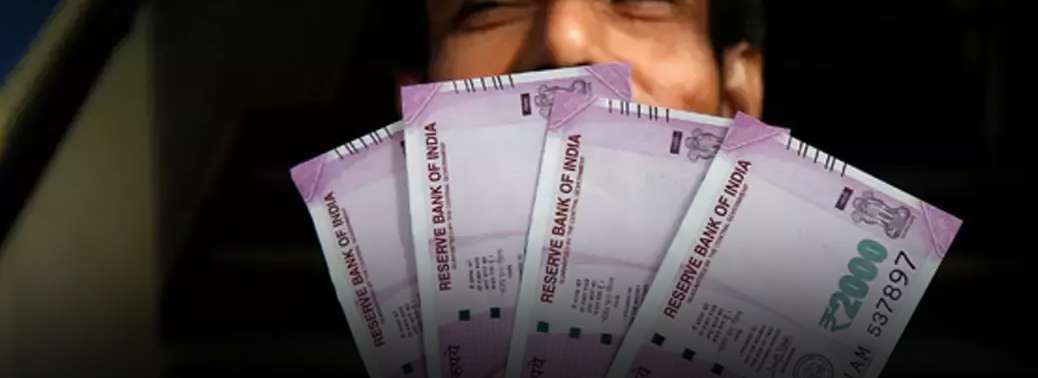Printing of ₹2,000 notes reduced to minimum
04, Jan 2019

Prelims level : Economy
Mains level : Indian Economy and issues relating to planning, mobilization, of resources, growth, development and employment
In News:
- The printing of Rs. 2,000 banknotes, introduced post-demonetization in November 2016, has been reduced to the “minimum” by the Reserve Bank.
Explained:
- Soon after the shock decision to ban old Rs. 500 and 1,000 currency notes by the government, the Reserve Bank had come out with the Rs. 2,000 currency note along with a new look Rs. 500 notes as part of its massive remonetization exercise.
- When the Rs. 2,000 notes were launched, it was decided that the printing would be “scaled down” going forward, since the new high-currency value note was meant for meeting the remonetisation need.
- “The printing of 2,000-rupee notes has been substantially reduced. It has been decided to limit the printing of 2000 currency notes to minimum.
- According to the RBI data, there were 3,285 million pieces of Rs. 2,000 notes in circulation at end-March 2017. A year after (on March 31, 2018), there was only a marginal increase in the number at 3,363 million pieces.
- Of the total currency in circulation amounting to Rs. 18,03,700 crores at end-March 2018, Rs. 2,000 notes accounted for 37.3 per cent, down from 50.2 per cent at end-March 2017. The old 500- and 1,000-rupee bank notes that were scrapped in November 2016 accounted for around 86 per cent of the total currency in circulation at that time.
Background:
- Before 1934, the government of India had the responsibility of printing money. However, RBI was granted its role in currency management on the basis of the Reserve Bank of India Act in 1934. Specifically, Section 22 of the RBI Act gives the bank the authority to issue currency notes.
- Although the RBI has the power to print Indian currency, the government still has the final say on a majority of the Reserve Bank’s actions. For example, the government decides which denominations are printed and the design of the bank notes, including the security features. The Reserve Bank has the right to print currency up to 10,000-rupee notes.
- However, if the Reserve Bank wanted to print anything higher, the government would need to amend the Reserve Bank of India Act.
- In addition, when the Reserve Bank estimates the demand for bank notes each year, it must file a written request that government officials must sign off on before printing. When making these final decisions, government officials rely heavily on advice from the Reserve Bank senior staff.






